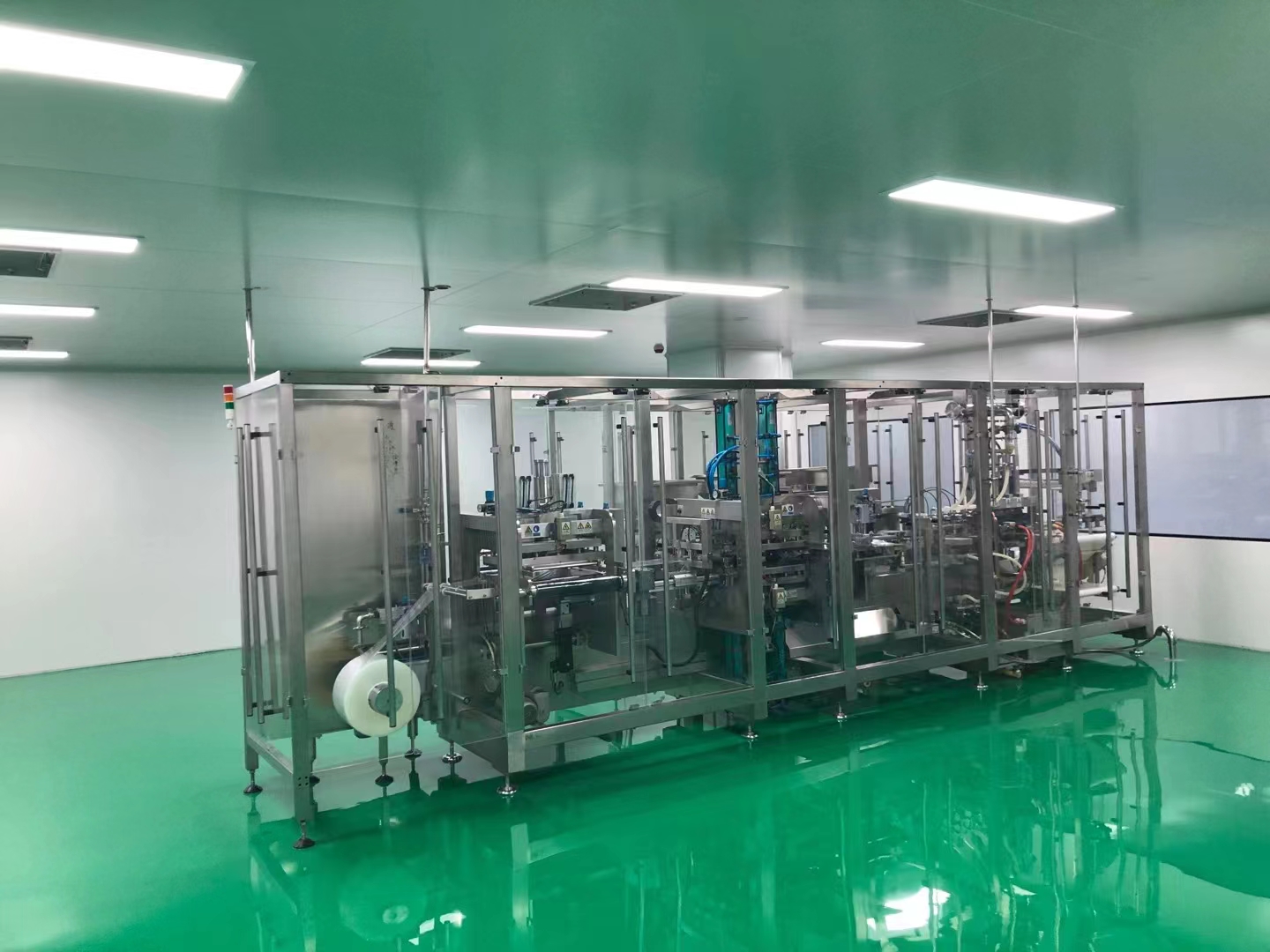
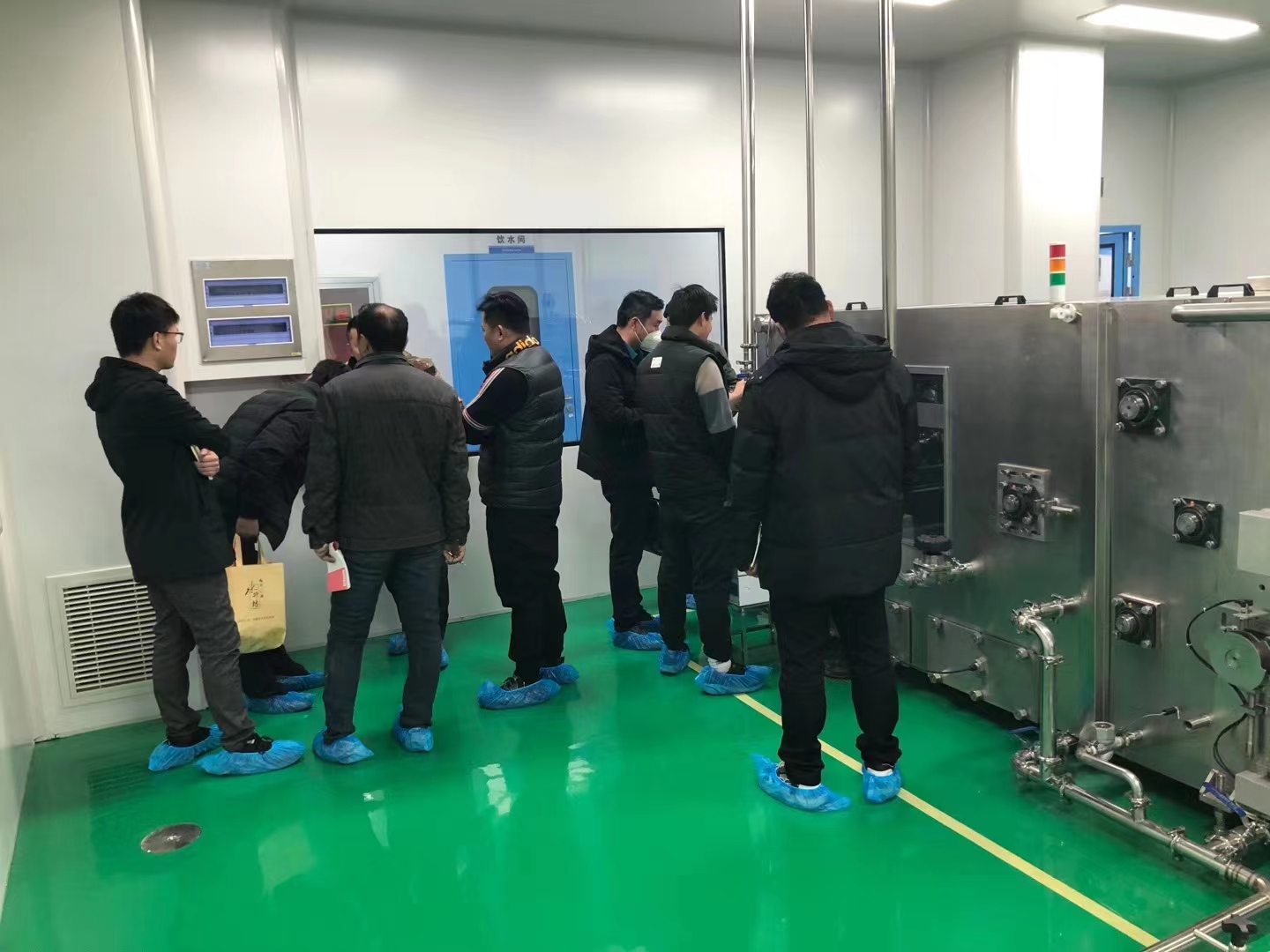
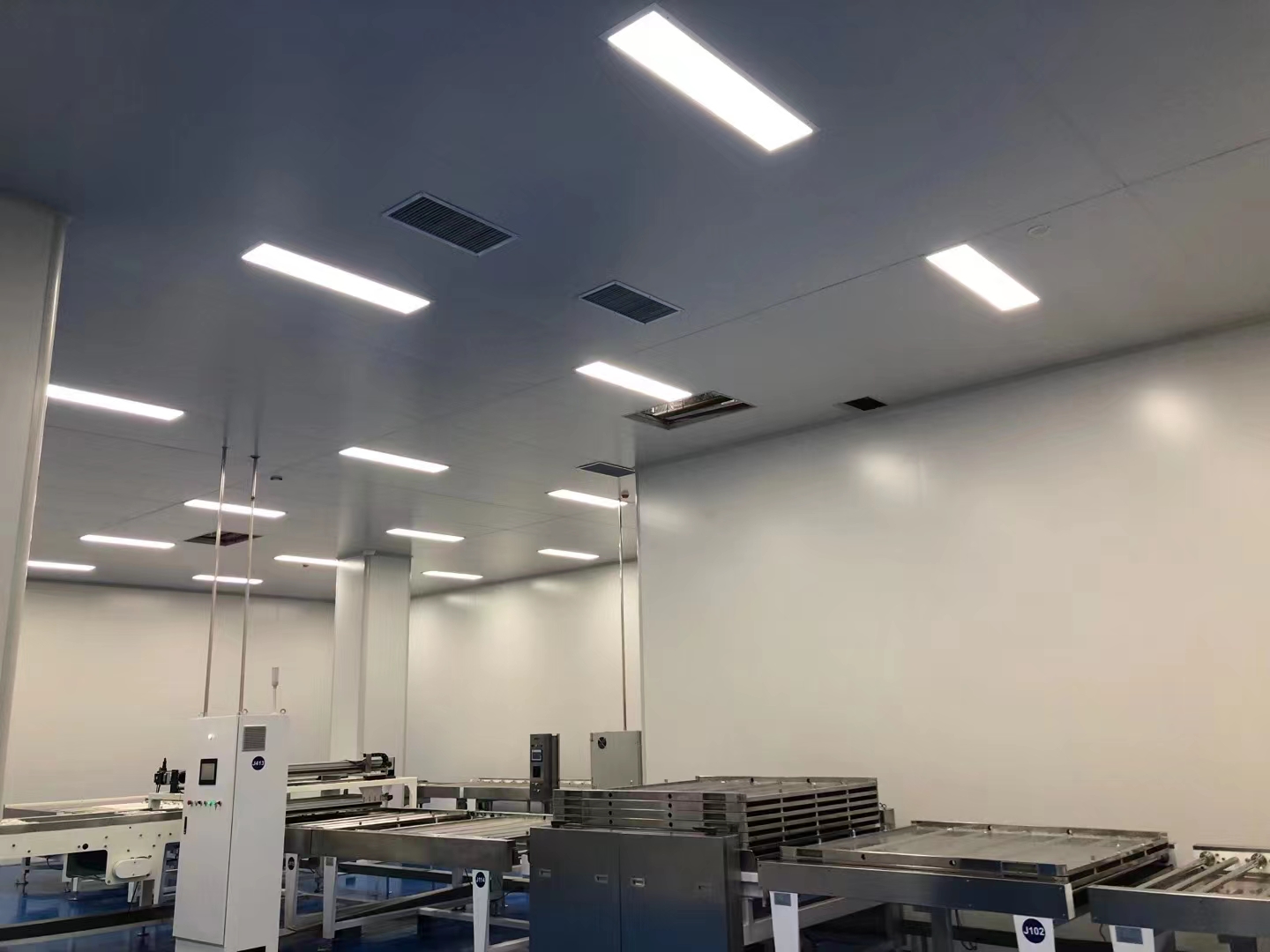
Food clean room need to meet the class 100000 air cleanliness standard. The construction of food clean room can effectively reduce the deterioration and mold growth of the products produced, extend the effective life of food, and improve production efficiency.
1. What is a clean room?
Clean room, also called dust free clean room, refer to the elimination of particulates, harmful air, bacteria and other pollutants in air within a certain space, and the indoor temperature, cleanliness, indoor pressure, air velocity and air distribution, noise, vibration, lighting, and static electricity are controlled within a certain range of requirements, and a specially designed room is given. That is to say, no matter how the external air conditions change, its indoor properties can maintain the originally set requirements of cleanliness, temperature, humidity and pressure.
What is a class 100000 clean room? To put it simply, the number of particles with a diameter of ≥0.5 μm per cubic meter of air in workshop is no more than 3.52 million. The fewer the number of particles in air, the smaller the number of dust and microorganisms, and the cleaner the air. The class 100000 clean room also requires the workshop to exchange air 15-19 times per hour, and the air purification time after complete air exchange should not exceed 40 minutes.
2. Area division of food clean room
Generally, the food clean room can be roughly divided into three areas: general production area, auxiliary clean area, and clean production area.
(1). General production area (non-clean area): general raw material, finished product, tool storage area, packaged finished product transfer area and other areas with low risk of exposure of raw materials and finished products, such as outer packaging room, raw and auxiliary material warehouse, packaging material warehouse, outer packaging room, etc. Packaging workshop, finished product warehouse, etc.
(2). Auxiliary clean area: The requirements are second, such as raw material processing, packaging material processing, packaging, buffer room (unpacking room), general production and processing room, non-ready-to-eat food inner packaging room and other areas where finished products are processed but not directly exposed.
(3). Clean production area: refers to the area with the highest hygienic environment requirements, high personnel and environmental requirements, and must be disinfected and changed before entering, such as: processing areas where raw materials and finished products are exposed, cold processing rooms for edible foods, and cooling rooms for ready-to-eat foods. Storage room for ready-to-eat food to be packaged, inner packaging room for ready-to-eat food, etc.
① Food clean room should avoid pollution sources, cross-contamination, mixing and errors to the greatest extent during site selection, design, layout, construction and renovation.
②The factory environment is clean and tidy, and the flow of people and logistics is reasonable.
③There should be appropriate access control measures to prevent unauthorized persons from entering.
④Save construction and construction completion data.
⑤ Buildings with serious air pollution during the production process should be built on the downwind side of the factory area where the wind direction is the largest all year round.
⑥ When production processes that affect each other are not suitable to be located in the same building, there should be effective partitioning measures between the respective production areas. The production of fermented products should have a dedicated fermentation workshop.
3. Requirements for clean production areas
① Processes that require sterility but cannot implement terminal sterilization and processes that can achieve terminal sterilization but are operated aseptically after sterilization should be carried out in clean production areas.
② A clean production area with good hygienic production environment requirements should include storage and processing places for perishable food, ready-to-eat semi-finished products or finished products before final cooling or packaging, and places for pre-processing of raw materials that cannot be terminally sterilized, product sealing, and molding places , the exposure environment after final sterilization of the product, the inner packaging material preparation area and inner packaging room, as well as the processing places and inspection rooms for food production, improvement of food characteristics or preservation, etc.
③The clean production area should be reasonably laid out according to the production process and corresponding clean room grade requirements. The production line layout should not cause crossovers and discontinuities.
④ Different interconnected workshops in the production area should meet the needs of varieties and processes. If necessary, buffer rooms and other measures to prevent cross-contamination should be provided. The area of the buffer room should not be less than 3 square meters.
⑤ Raw material pre-processing and finished product production must not use the same clean area.
⑥ Set aside an area and space in production workshop that is suitable for the production scale as a temporary storage area for materials, intermediate products, products to be inspected and finished products, and cross-over, confusion and contamination should be strictly prevented.
⑦The inspection room should be set up independently, and proper measures should be taken to deal with its exhaust and drainage. If there are air clean requirements for the product inspection process, a clean workbench should be set up.
4. Requirements for cleanliness monitoring indicators in food processing areas
The food processing environment is an important factor affecting food safety. Therefore, Food Partner Network has internally conducted research and discussion on the monitoring index requirements for air cleanliness in food processing areas.
(1). Cleanliness requirements in standards and regulations
Currently, the production license review rules for beverages and dairy products have clear air cleanliness requirements for clean operating areas. The Beverage Production License Review Rules (2017 version) stipulate that the air cleanliness (suspended particles, sedimentation bacteria) of the packaged drinking water clean production area should reach class 10000 when static, and the filling part should reach class 100, or the overall cleanliness should reach class 1000; carbohydrate drinks The clean operation area should ensure that the air circulation frequency is more than 10 times/h; the solid beverage cleaning operation area has different air cleanliness requirements based on the characteristics and process requirements of different types of solid beverages;
Other types of beverage cleaning work areas should meet the corresponding air cleanliness requirements. The air cleanliness when static should reach at least class 100000 requirements, such as the production of indirect drinking products such as concentrated liquids (juices, pulps) for food industry, etc. This requirement may be waived.
The detailed review rules for the licensing conditions for the production of dairy products (2010 version) and the "National Food Safety Standard Good Manufacturing Practice for Dairy Products" (GB12693) require that the total number of bacterial colonies in the air in the dairy cleaning operation area should be controlled below 30CFU/dish, and the detailed rules also require that enterprises Submit an annual air cleanliness test report issued by a qualified inspection agency.
In the "National Food Safety Standard General Hygienic Specifications for Food Production" (GB 14881-2013) and some product production hygienic specifications, the monitoring sampling points, monitoring indicators and monitoring frequencies of environmental microorganisms in the processing area are mostly reflected in the form of appendices, providing food Manufacturing companies provide monitoring guidelines.
For example, the "National Food Safety Standard and Hygienic Code for Beverage Production" (GB 12695) recommends cleaning the ambient air (settling bacteria ( Static)) ≤10 pieces/(φ90mm·0.5h).
(2). Requirements for monitoring indicators of different cleanliness levels
According to the above information, it can be seen that the requirements for air cleanliness in the standard method are mainly aimed at clean production areas. According to the GB14881 Implementation Guide: "Clean production areas usually include storage and pre-processing locations before final cooling or packaging of perishable foods, ready-to-eat semi-finished products or finished products, and raw material pre-processing, molding and product filling locations for non-sterile process foods. Exposure areas before food enters the packaging area after sterilization, and other food processing and handling sites with high contamination risks.”
The detailed rules and standards for the review of beverages and dairy products clearly require that ambient air monitoring indicators include suspended particles and microorganisms, and it is necessary to regularly monitor whether the cleanliness of the cleaning work area is up to standard. GB 12695 and GB 12693 require sedimentation bacteria to be measured according to the natural sedimentation method in GB/T 18204.3.
The "National Food Safety Standard Good Manufacturing Practice for Formula Foods for Special Medical Purposes" (GB 29923) and the "Production Review Plan for Sports Nutritional Foods" issued by Beijing, Jiangsu and other places specify that the dust count (suspended particles) is measured in accordance with GB/T 16292. The status is static.
5. How does clean room system work?
Mode 1: The working principle of the air handling unit + air filtration system + clean room air supply and insulation ducts + HEPA boxes + clean room return air duct system continuously circulates and replenishes fresh air into the clean room workshop to achieve the required cleanliness of the production environment.
Mode 2: The working principle of FFU industrial air purifier installed on the ceiling of the clean room workshop to directly supply air to the clean room + return air system + ceiling-mounted air conditioner for cooling. This form is generally used in situations where environmental cleanliness requirements are not very high, and the cost is relatively low. Such as food production workshops, ordinary physical and chemical laboratory projects, product packaging rooms, cosmetics production workshops, etc.
The selection of different designs of air supply and return air systems in clean rooms is a decisive factor in determining the different cleanliness levels of clean rooms.
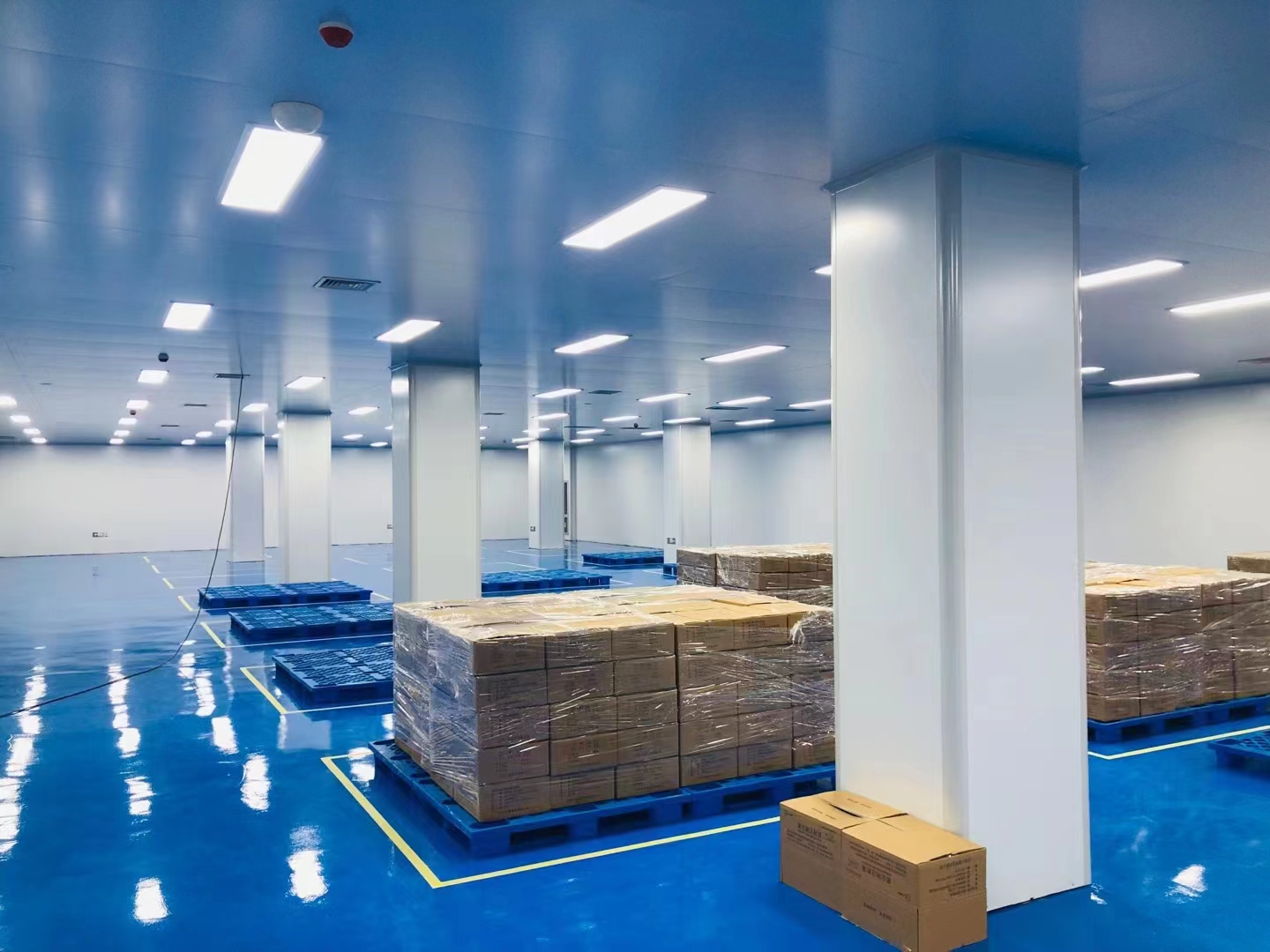
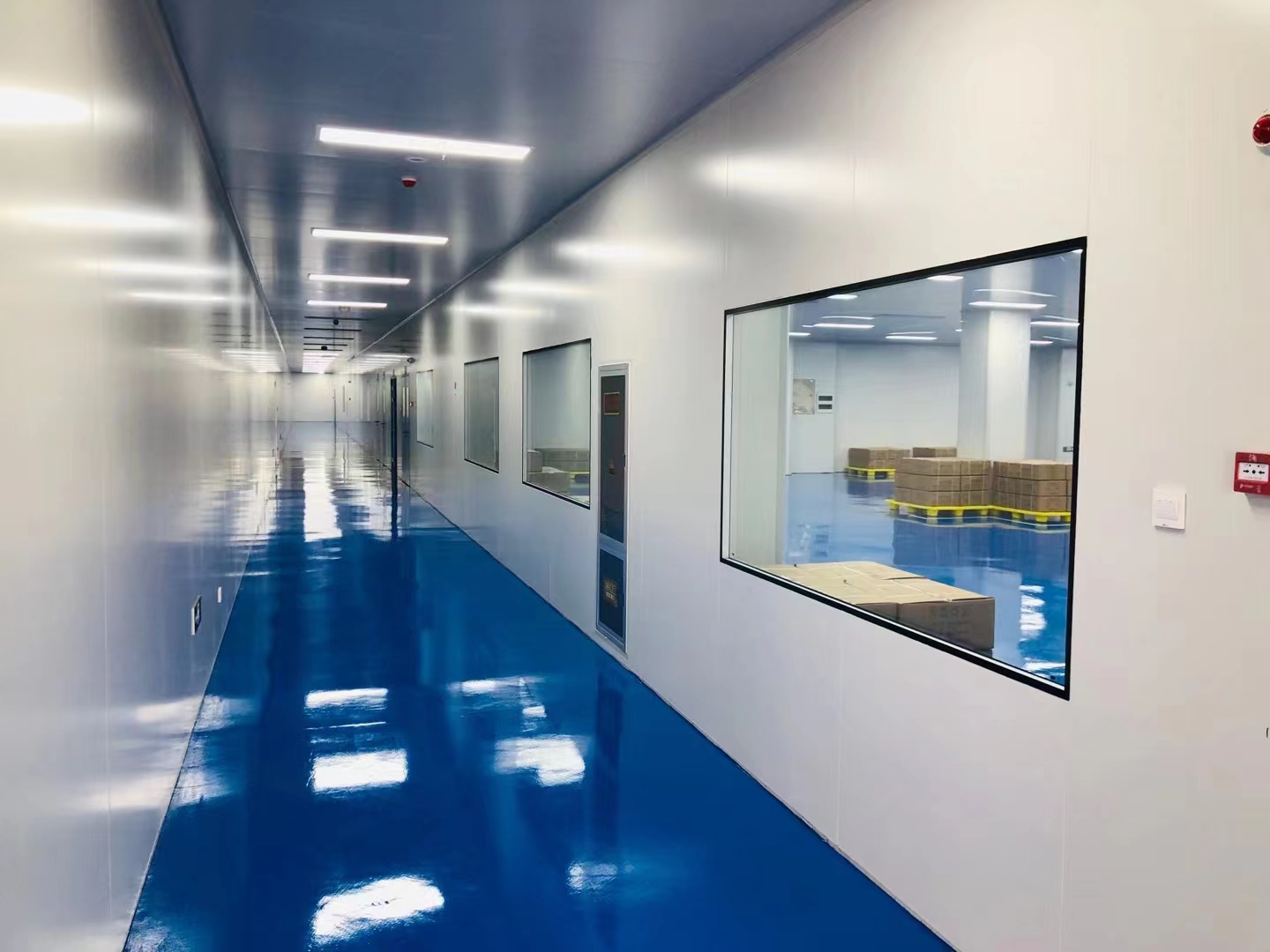
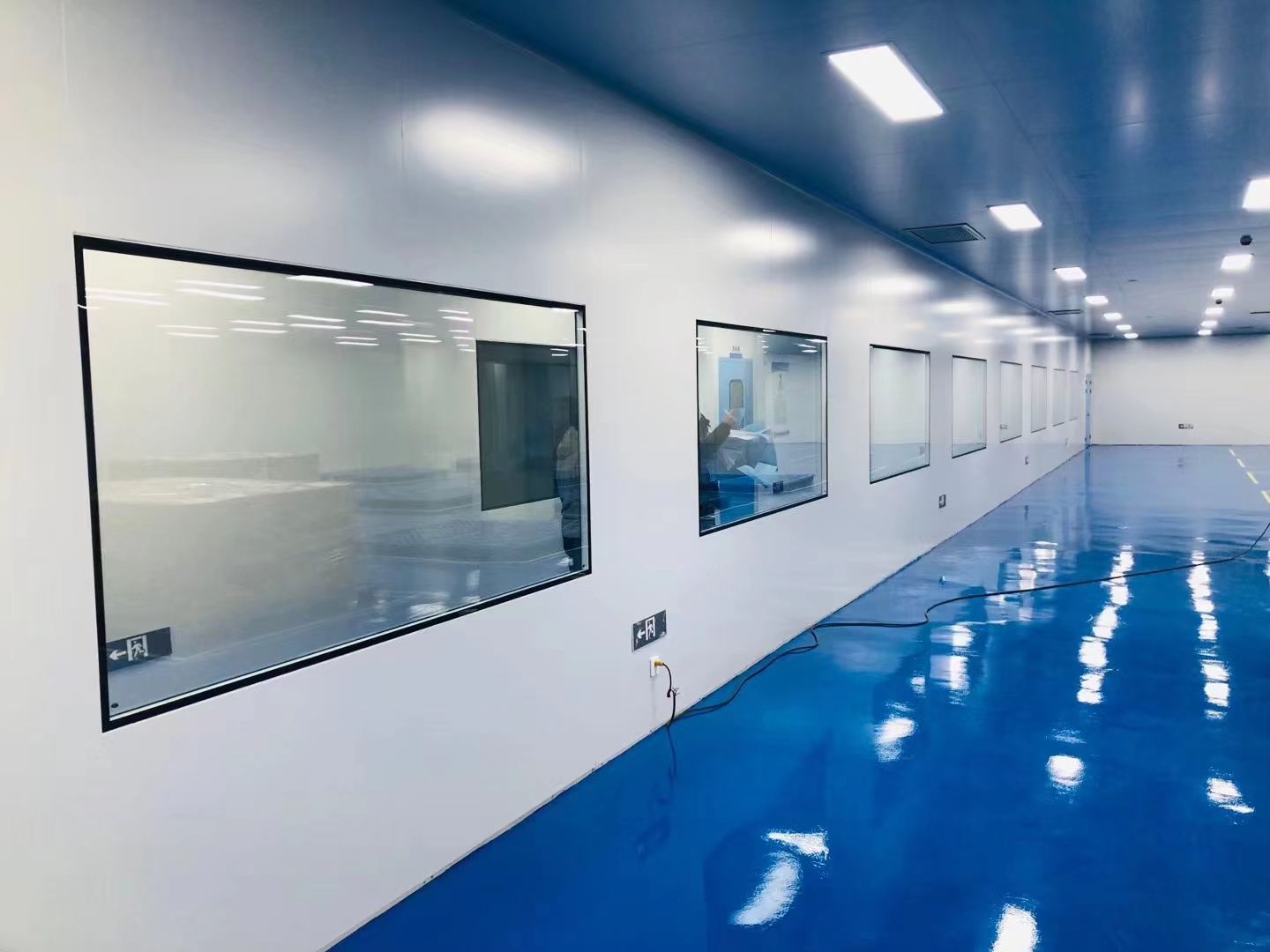
Post time: Oct-19-2023

